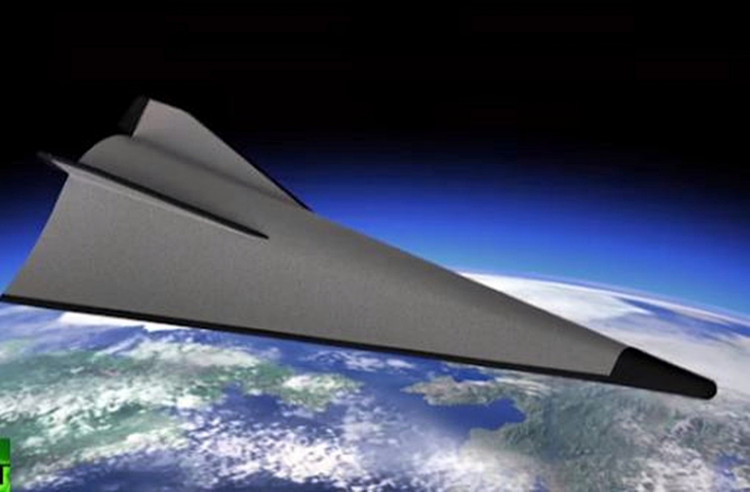With his usual bombast, Russian president Vladimir Putin announced -- misleadingly -- that Russia will deploy its new hypersonic glide vehicle (HGV) in 2019.
This new weapon called "Avangard" was designated the Yu-74 in its development phase. It can carry a thermonuclear warhead towards its target at hypersonic speed.
Avangard is powered by a scramjet engine that can allegedly reach Mach 20 or 25,000 km/h. Russia claims this hypersonic glider can perform high-speed evasive maneuvers in flight, as unbelievable as this may seem.
Once released into low earth orbit, an Avangard falls back to Earth towards its target and attains hypersonic speed assisted by gravity. An Avangard glider can be equipped with a thermonuclear warhead; electronic warfare systems or false target simulators.
While Avangard might be operational, it can't fly to its destination on its own. It has to hitch a ride as the payload aboard a Russian intercontinental ballistic missile (ICBM).
What Putin didn't mention in his announcement yesterday was that Avangard's main launch vehicle -- the new RS-28 Sarmat (or Sarmatian) SS-X-30 heavy ICBM -- isn't operational and won't be for at least two to five more years. This means Avangard, while hypersonic, will remain earth-bound and useless until the Sarmat becomes operational.
An analogy to this sad state of affairs will be like fashioning an arrow without building a bow to launch it. As a consequence, the arrow becomes a useless piece of aluminum and steel.
In his hyped announcement, Putin said Russia will deploy its first regiment of Avangards in 2019. He also said this move means Russia now had a new type of strategic weapon. He claims he oversaw what he said was a pre-deployment test of Avangard.
"This test, which has just finished, ended with complete success," claimed Putin. "From next year, 2019, Russia's armed forces will get the new intercontinental strategic system Avangard ... It's a big moment in the life of the armed forces and in the life of the country. Russia has obtained a new type of strategic weapon."
In 2017, Russia made hypersonic weapons development a defense priority, especially with the opening of NATO's first defensive missile shield in Romania. When completed, NATO's missile defense system will stretch from Greenland in the far north of Europe to the Azores Islands in the south. Another missile defense system became operational in Poland in 2018.
In response, Moscow revealed plans in July 2016 to reactivate one of its old Dnepr missile bases near the Black Sea.






